What are central and string solar inverters and how do they compare?




Álvaro Pajares
Industrial Engineer
Born in Córdoba and raised in El Puerto de Santa María. Moved to Sevilla to study my Bachelor's and then to Madrid to study my Master´s (Industrial Engineering). During my Bachelor's I spent one year in Padova, Italy (where I learnt about Photovoltaics and how to cook the real pasta carbonara and risotto) and during my Master's I spent one year in Tampere, Finland (where I learnt how to live without sunlight). After coming back from Finland, I joined RatedPower!

Read on to learn more about the cost, efficiency, and maintenance implications of central and string inverters.
Content
What is a solar inverter?
A solar inverter is a device within a photovoltaic (PV) system that converts the direct current (DC) electricity generated by solar panels into usable alternating current (AC) electricity, which is required to feed into the electrical grid and run home appliances.
How does a solar inverter work?
Solar panels produce DC power when sunlight (in the form of photons) hits the layers of semiconducting material (such as crystalline silicon or gallium arsenide) and causes electrons to move between positive and negative layers, creating an electric charge.
This DC electricity then flows to the inverter. The solar inverter transforms the solar panel's DC output into grid-compatible AC power, an essential component enabling PV systems to leverage solar energy.
How this electric charge is managed, converted and transported to the grid depends on whether it passes through a central or string inverter.

What is the difference between a central and a string inverter?
The primary difference between central and string inverters is that a string inverter will typically sit at the end of each PV string, is distributed throughout the array, and receives fewer strings than a central inverter. In contrast, a central inverter aggregates multiple PV strings and is situated in the middle of all these strings. There are various cost, efficiency and maintenance implications with both types of inverters. Let's delve into some of the differences in more detail:
Central inverters
Central inverters have a centralized plant architecture, sitting in the most efficient location to connect to multiple DC inputs. As such some key elements to consider are:
- In order to aggregate the PV strings, central inverters usually need a combiner box that can combine as many as 20 PV strings. Approximately, ten combiner boxers will then connect to the inverter.
- Central inverters could have approximately 2000-3000 panels operating from a single multi power point tracker (MPPT), leading to efficiency losses caused by module mismatch.
- The cost of cables is usually 33% higher with central inverters than with string with power losses that are 1% greater.
- As many PV strings rely on one inverter, equipment failure could mean greater downtime losses.
- Central inverters take up more land area as they need to be housed, and possible shading losses from this need to be considered.
- Central inverters have more perceived reliability, with more historical data on central inverters being used successfully.
String Inverters
As mentioned above, string inverters tend to sit at the end of each PV string. Some key characteristics of string inverters include:
- They are more expensive upfront; string inverters can cost up to twice as much as central inverters.
- They are more efficient, with more multi power point trackers (MPPTs) per inverter, the production can be 4-8% higher than central inverters.
- No housing is needed for string inverters.
- Plants with string inverters need more AC cables, which means the AC cable losses are around 0.5% greater than with plants with central inverters.
- AC combiners are not needed with the newest string inverters as they are included in transformer stations.
For both there are various costs associated with installation and maintenance. Central inverters need to be housed. They may also require certified DC electricians in specific geographies, increasing installation costs. On the other hand, connecting many string inverters also takes up a lot of time and resources. The choice of string vs. central inverters depends on the project requirements and site characteristics.
How long do inverters last?
The lifespan of solar inverters is typically around 10-15 years under normal operating conditions. So, inverters generally need replacing at least once over a photovoltaic system's 25-30-year lifetime.
There are initiatives to improve reliability and increase the lifespans of inverters. Some methods employed include:
Overrating components to reduce electrical and thermal stress
Multi-level circuit topologies to optimize power handling
Conformal coatings on circuit boards to resist moisture
Comprehensive filtration systems to block dust and dirt
Longer lifespans could reduce the need for inverter swaps, a significant advantage for reliability and O&M cost savings.

Design utility-scale solar at lightning speed
2024 Trends: Renewable Energy & Solar Research Report
Download our latest report to gather insights, stats, and opinions on the current state of the renewables sector. The report draws from an industry survey and analysis of solar simulations carried out on the RatedPower Platform.
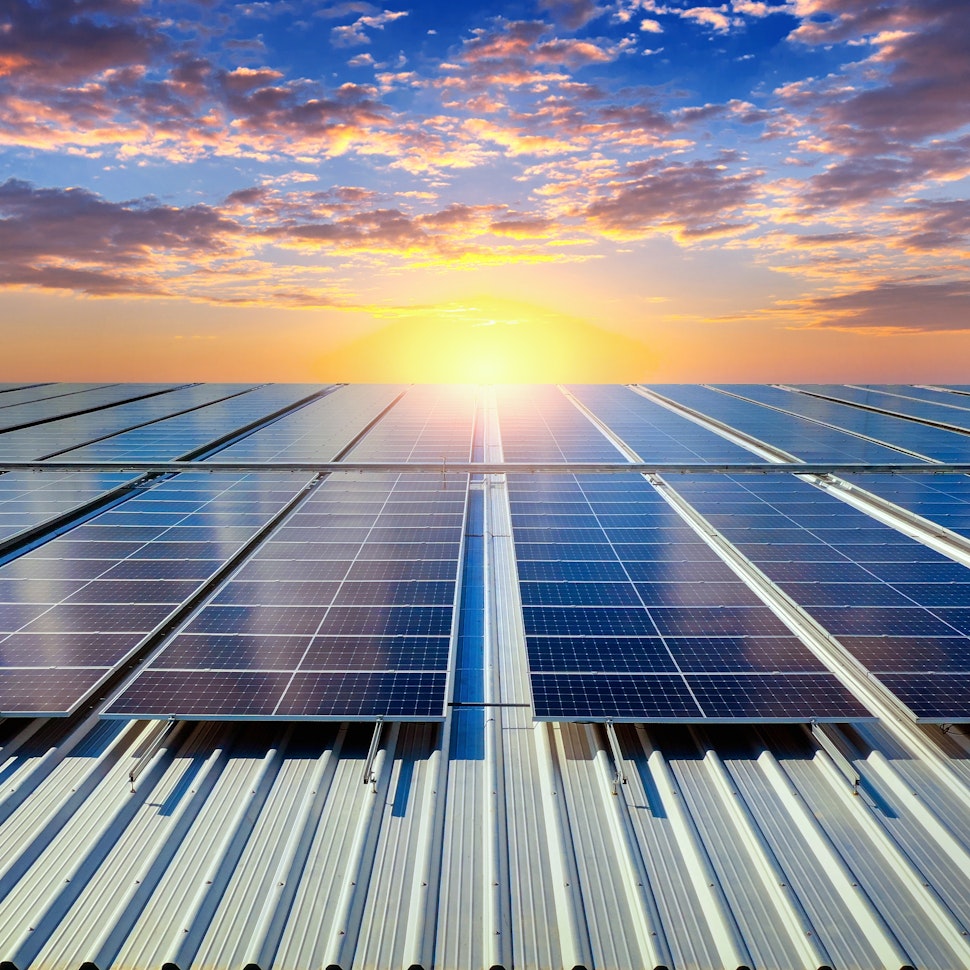
Latest stories
Related glossary posts
Technology and engineering
What is a solar substation and how to customize yours with RatedPower software
Updated 5 MAY, 25
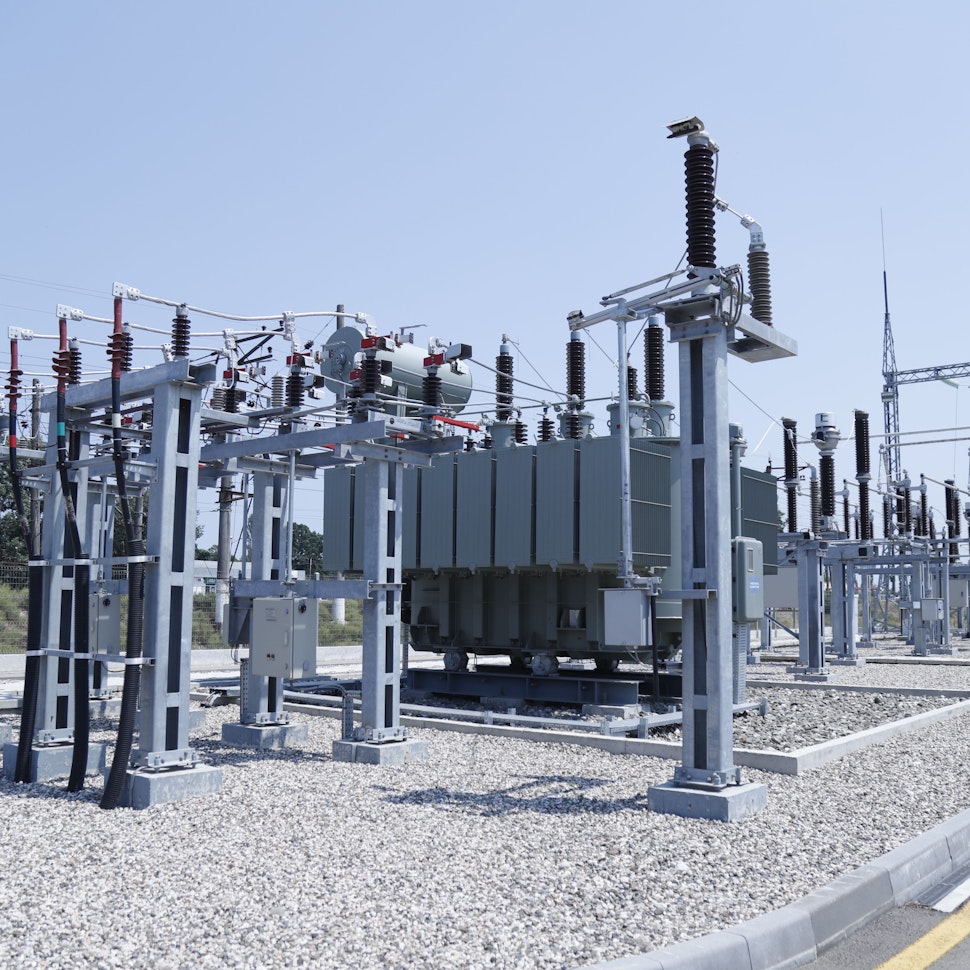
Technology and engineering
What is a solar combiner box and why is it used in photovoltaic designs?
Updated 25 MAR, 25
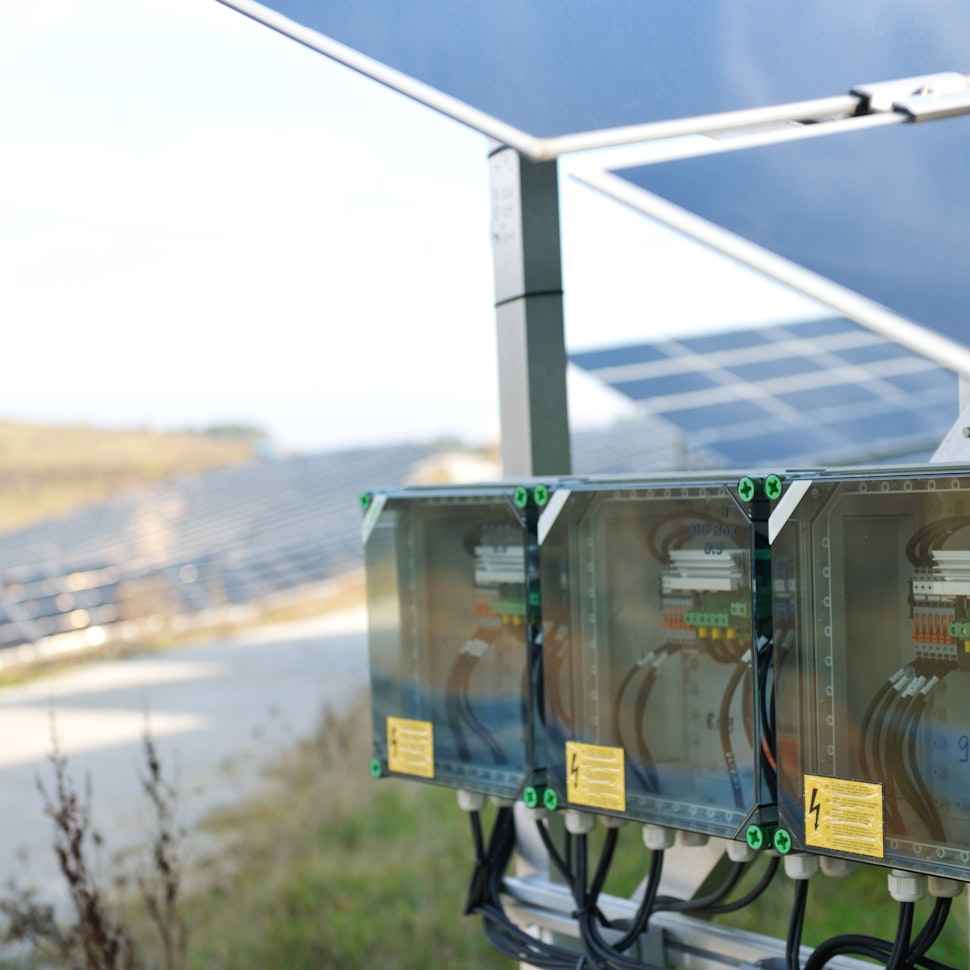
Technology and engineering
What are the benefits of a Power Purchase Agreement (PPA) for solar plants
Updated 25 MAR, 25

Related posts
Technology and engineering
Innovation in renewable energy: Developments expected in 2025
We look at the 10 biggest renewable industry developments that are making a green future possible, including perovskite solar cells, green hydrogen, and more.
Updated 18 MAR, 25

Technology and engineering
The era of standalone energy yield software is ending
Updated 19 APR, 22
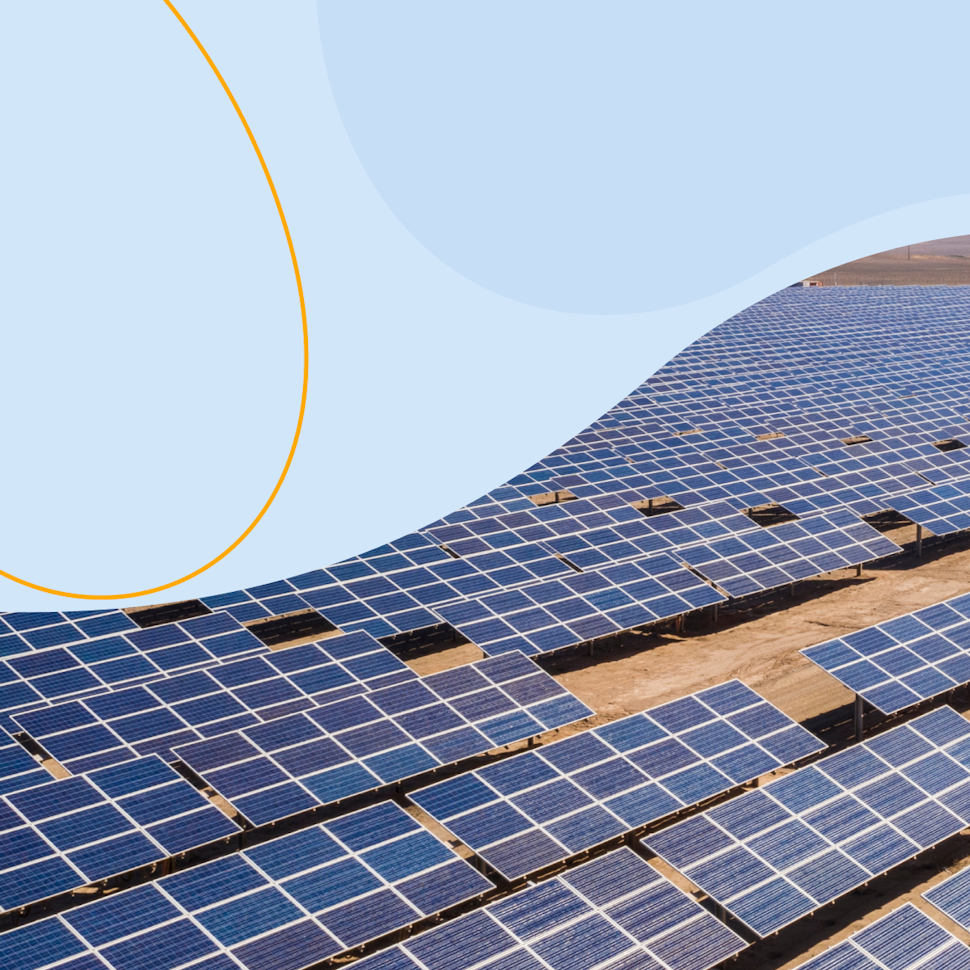
Technology and engineering
How to battle soiling losses with RatedPower
How do soiling losses affect the output from a solar energy system and how can RatedPower help to account for them in a PV project?
Updated 22 FEB, 22
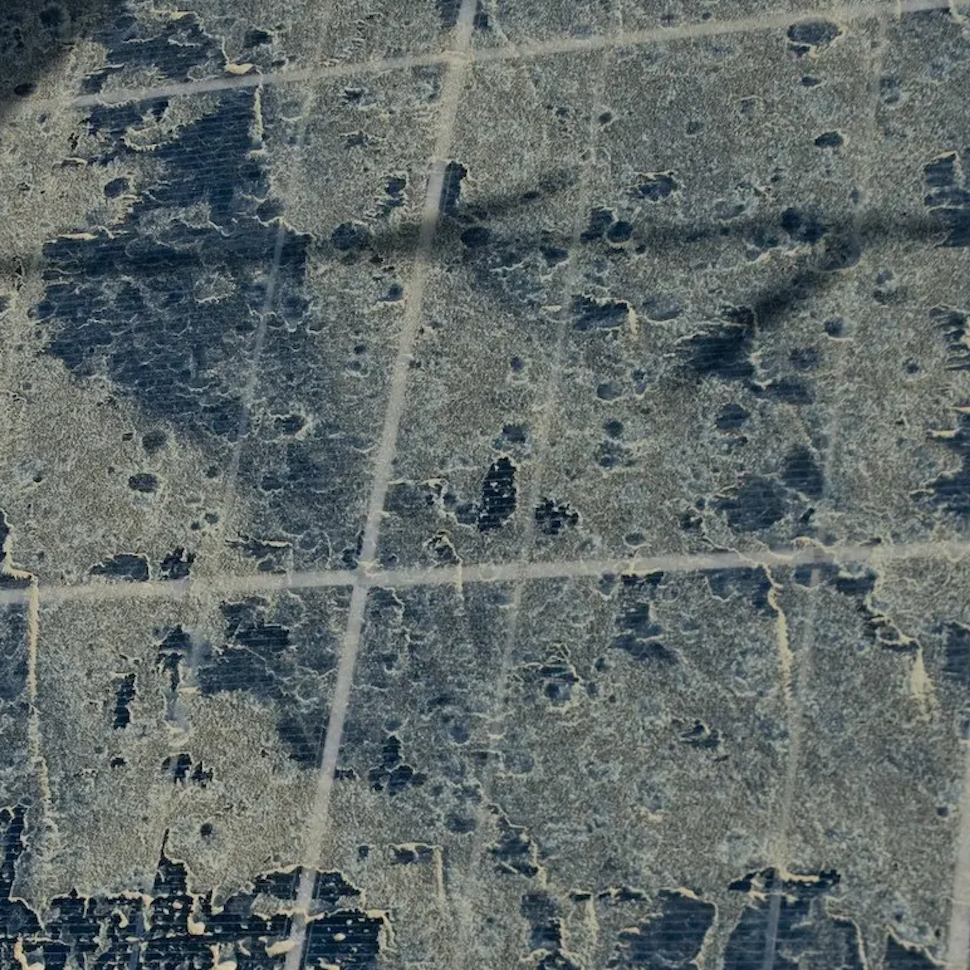
- RatedPower
- Glossary
- I
- Inverters



